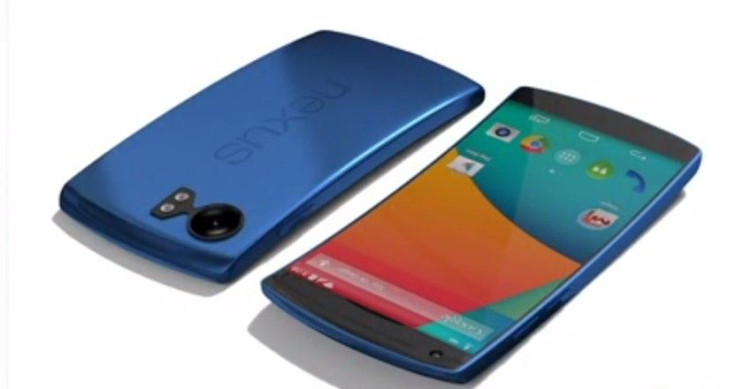Google’s Nexus 6 vs. Samsung’s S6 Edge: Few But Very Strong Differences

To be honest, Google’s Nexus devices are preferred by the die-hard enthusiasts and developers, while the huge mass of Smartphone consumers desired Apple and Samsung. Currently, the environment has changed while the curved display of Samsung’s S6 Edge holds all the aces the market, where there is also reservations for impeccable products including Google’s Nexus 6 because the USA and several other countries include a strong and elite customer base for Nexus flagships.
Both the tech giants are on the ball, in this2015, with their whole bag of tricks and will definitely be in the lap of luxury, although they embed varied technologies and unique designs to supply to different sects of audiences.Samsung team has well documented a flagship Smartphone, with the inclination to fabricate a superior Android, while the TechnoBuffalo says, “It (Galaxy S6 Edge) still isn’t the prettiest skin on the market, but it’s an improvement, and in some instances it’s better than stock Android”.
Design and Size
The metal wrap; Gorilla Glass 4 and the lights reflecting off the phone boost up the package. Extremely lightweight, absolutely skinny and compact size makes the Galaxy S6 Edge offer dazzling, shimmering and cool effect. On the other hand, the Nexus 6 comes in gargantuan size, making line with the people who favour phablet-esque dimensions. Regardless of being outsized, it is able to attract the patrons who prefer to operate handful size, managed with binary hands operation.
Samsung S6 Edge is equipped with enhanced finger print sensor, infra-red sensor, heart pulse sensor and wireless charging feature, while the Google’s Nexus 6 is lucid without any extra additions, except for the wireless technology. It is good to know that Google offers fast updates, when all other flagships take one or two month’s time to receive Android version updates.
Screen display
With the two pioneers on the competing arena, both Google’s Motorola and Samsung deliver quad-HD resolution, whereas Sammy carves out its niche on its super AMOLED panel. The display units are incredibly sharp with 1440x2560 pixels on 5.1 inch screen of Samsung and the 6 inch screen of Nexus P8. Limpid display units guarantee to decipher even the miniscule things on the screen. When it comes to preference of size, the Nexus 6 wins more space and more votes; and in opposed to that, the display screen of the Nexus 6 is obscure when displayed under the gazing sun.
Features
Galaxy’s S6 has been calibrated perfectly in the basic mode to get the most accurate tint, exactly with the Super AMOLED technology. Phonearena comments that in spite of being refurbished with the revolutionary TouchWiz, Samsung’s S6 finds it hard to hit the experience of implausible Vanilla Android 5.0 Lollipop, embedded in the Nexus6.
Even after months of use, the Nexus seldom offer lagging performance with its next-gen 3GB, Adreno 420 GPU and quad-core 2.7GHz Qualcomm Snapdragon 805 SoC. We need to wait for a few months, for Samsung S6 Edge to prove its overall performance, but the competing flagships are underrated with its responsive performance.
Except to the size of the screen, the browser is compatible in both the pieces. Google and Samsung products are designed to support Bluetooth, DLNA, NFC, 5GHz Wi-Fi and LTE bands, but Samsung blasts with Samsung Pay, the mobile payment gateway.
Shobanasridhar1@gmail.com






